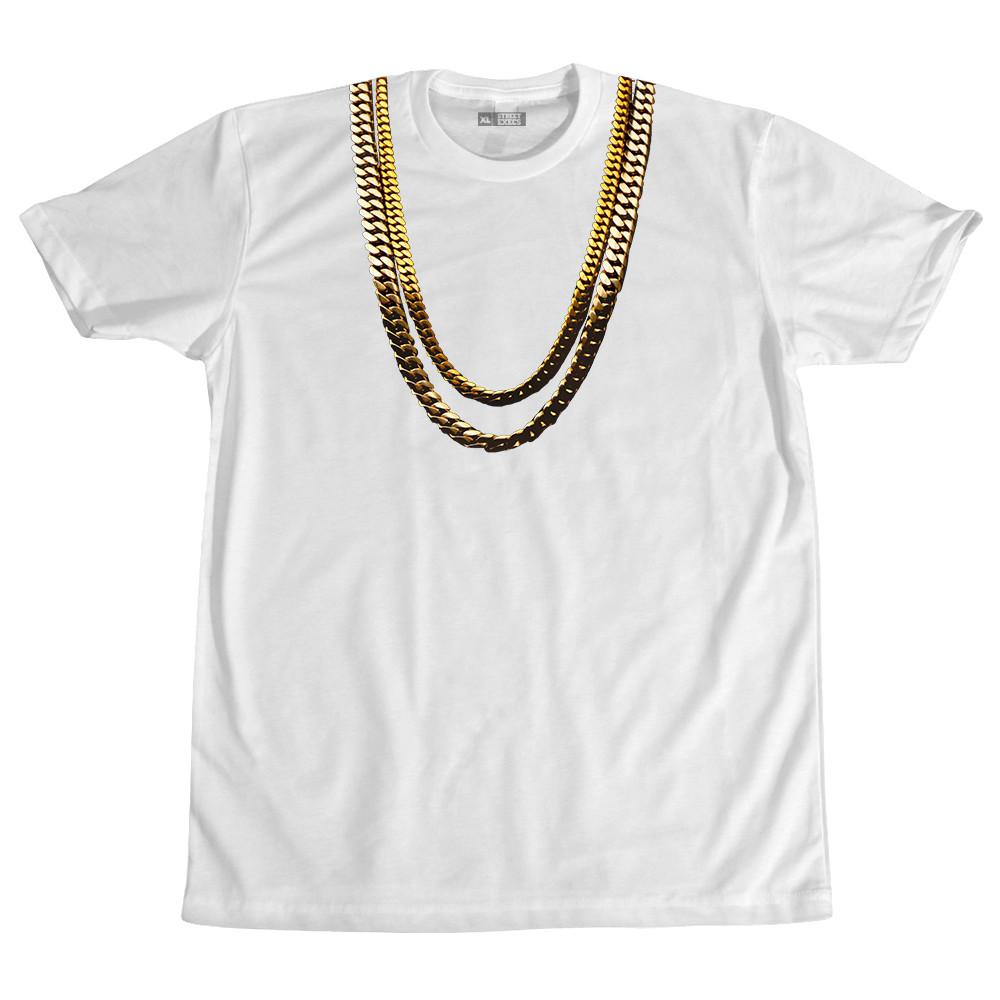The man in the mirror can be a harsh critic.
For Charlie Jabaley, co-founder of the boutique artist management and marketing firm Street Execs, he didn’t much like the reflection of the merchandise man staring back at him from the glass.
“We just didn’t have a good track record selling merchandise like t-shirts,” Jabaley says.
Jabaley manages hip-hop stars like 2 Chainz and knew he was leaving money on the table by guessing what types of merchandise fans might want to purchase. “We’re always trying to be creative and wanted to apply that to the way we merchandise,” Jabaley recounts. “We just really needed to find a way to crack the code on ecommerce.”
Not only has Jabaley and his merchandising partner, CAP THAT, cracked the code…
But he’s sharing his multimillion-dollar formula with the world.
Scalability, no matter the season
During Black Friday, Cyber Monday, Shopify processed:
- Over $1 billion in total sales
- Peak orders per minute of 10,149
- And $1.1 million in a single minute
A Humble Ecommerce Beginning
“It was absolutely terrible,” Jabaley says of the eight t-shirts he sold the first day they were available.
To create merchandise hip-hop fans actually wanted to purchase, Jabaley knew he had to change his strategy. “I told everyone not to worry about stumbling out of the gate, that this was going to be a marathon,” he says. “And an opportunity for us to learn and prove to our customers we know and understand them.”
What would eventually evolve into a formula Jabaley says has generated millions of dollars in revenue started by blowing up tradition.
“The old model just wasn’t working anymore,” he says of the lengthy 2-3 month process of designing t-shirts, building inventory, and marketing the product. “It’s great if the shirts sell well but if they don’t you’re stuck with a bunch of inventory that could take you months to unload at deep discounts.”
A reversal in mindset was in order.
“People fail with merchandise because of poor design,” Jabaley says. “You can’t just take an artist’s face, put it on a shirt, and expect people to buy it anymore.”
Even with Grammy-nominated talent like 2 Chainz, Jabaley suggests there simply aren’t enough superfans willing to purchase shirts housing little more than an artist’s face. Today’s hip-hop lovers want something more. As Jabaley puts it:
People today want to buy something that represents them. They want to be part of a movement.
Rapid Fire Testing
Guesswork is no longer part of Jabaley’s merchandising arsenal.
Instead, Jabaley and his merchandising partner CAP THAT, a company that helps entrepreneurs create products that capture specific moments captured in photos and videos, use rapid fire testing to identify exactly which pieces of merchandise fans like and for which they’re likely to pay money.
The simple formula works like this:
- It starts with a t-shirt design
- The designs are then posted on Instagram
- Follower behavior and feedback is analyzed and used to iterate
- Unpopular designs are killed
- Popular designs are turned into merchandise that generates millions of dollars
“Now we understand exactly what people want,” Jabaley says. “We know in real-time what’s popular and what’s not which really de-risks the merchandising process and allows us to make only what fans are willing to buy.”
The designs that create buzz are turned into t-shirts Jabaley knows in advance will sell. Instead of holding vast quantities of unwanted inventory as he might have in the past, Jabaley’s formula rapidly reverse engineers success, so only merchandise that is in demand is created.
“We’re seeing results in real-time,” Jabaley says. “That let’s us create popular t-shirts on demand which is really exciting.”
Any Celebrity Designer Can Do This
That’s what Jabaley says of the formula that resulted in $700 in sales the first day one of his t-shirts went on sale following a design test on Instagram.
In this case, the simple t-shirt contained just two chains representing cover art from popular rapper 2 Chainz’ first album. The shirts continued to sell at a frenetic pace and Jabaley knew he had cracked the ecommerce code.

“Celebrities with large Instagram followings can do this themselves and for free and it doesn’t cost you anything to experiment and succeed,” Jabaley says. “Even if you don’t have a large following, you can pay an extremely reasonable fee to someone who does to test your designs and see whether they’ll be commercially successful.”
Seven hundred bucks a day is great ...
But Jabaley wanted more and he knew he needed an ecommerce platform he could trust. That’s why Street Execs partners with Shopify, an easy-to-use enterprise ecommerce solution for high-volume merchants.
“It’s just so simple and easy to work with Shopify,” Jabaley says. “We can quickly upload images of shirts we know are going to sell, easily process orders, and track inventory in real-time.”
The platform that had proven itself worthy would soon be tested with unprecedented demand.
The Multi-Million Dollar Ugly Santa Sweater
Just a few short months after stumbling out of the ecommerce gate, Jabaley would have his first major merchandising hit. With Christmas fast approaching, the idea was to combine something that might soon be trending with the popular Dab dance which originated in 2 Chainz’ hometown of Atlanta.
Hence the birth of the Dabbing Santa sweater.

“I was laying in bed one morning thinking about how people love Christmas sweaters,” Jabaley says. “I called the designer, put him to work, and told him the Dabbing Santa sweater was going to be my first big hit.”
By 1 o’clock that afternoon Jabaley had a design up on the web and for sale, despite not having a shred of inventory. His hunch turned out to be correct as demand for the line of Dabbing Santa sweaters instantly became blockbuster:
- The sweaters generated $20,000 that day
- They did $30,000 the following day
- The sweaters went on to do $2.1 million in 30 days
“The push notifications on my Shopify smartphone app were going crazy,” Jabaley recalls. “It was incredible, an extreme high to see two or three sales notifications every minute. In just a week we were doing in revenue what some of the biggest artists do in an entire month”
It was millions of dollars that did not have to be split with record labels or other vendors associated with 2 Chainz.
But the rapper decided to give much of it away ...
Hip Hop + Ecommerce = Charity
“I remember when we didn't have hot water and I didn't want my friends to know, so I told them it was something wrong with that bathroom and they couldn't use my momma’s,” 2 Chainz says of his childhood. “I remember using the oven to heat the house, I would stand in the kitchen for hours to stay warm.”
It’s why 2 Chainz is using a portion of the revenue generated from the Dabbing Santa sweaters to make differences in the lives of others …
Providing a van to the family of a young boy who suffered brain damage in a fire so the boy has reliable transportation to and from the therapy he needs.
Preventing a disabled veteran from being evicted by paying her rent for an entire year and outfitting her bare apartment with furniture.
2 Chainz’ charitable endeavors will continue through the foundation he formed but he’s also focused on leaving his mark on the next generation. The rapper has started CEO Millionaires, an ecommerce project designed to inspire and motivate young people to become successful entrepreneurs.

“It’s important because we’re so blessed,” Jabaley says of giving back. “We want to feel when we give which is why it’s important for us to give to people who have stories with which we can relate.”
Expect similar efforts during Black History Month and beyond ...
The Future for 2 Chainz
“When you have a hit, you have a hit,” Jabaley says with a grin of his newfound ecommerce formula. “We’re just blown away because this came out of nowhere and it’s money we didn’t have before.”
It’s a model that allows marketers to crowdsource design preference, create on-demand merchandise, and reduce the risk of carrying expensive inventory that doesn’t sell.
“It all started with 2 Chainz,” Jabaley says. “We’re now developing lines for all of our artists so yeah, there’s definitely a formula.”
There’s also definitely a man in the mirror now who knows how to merchandise.
Read more
- How The Maker Of Wooden Computers Grew Sales 10X By Helping Children Create, Not Just Consume, Technology
- How a Premium Electric Bicycle Maker Doubled Sales and Derisked the Purchasing Decision
- The Multi-Channel Menace: Young & Reckless, YouTube, & Mastering Customer Engagement
- How Nanoleaf Expands Internationally & Allows Charitable Donations at Checkout
- How an Organic Beauty Brand Automates International Ecommerce in 12 Countries
- How a Trip to Fiji with Tony Robbins Put Fanjoy On Track to Do $35M this Year
- How Bohemia 4X’d Sales After Migrating & Supports the Survival of Artisan Crafts
- How a Seller of Outlandish Party Costumes Optimized Its Warehouse to Grow 400% & Compete With Amazon
- How to Build a Multi-Brand Ecommerce Growth Machine
- What Selling Bongs & Being Stubborn Can Teach You About Page Speed & Average Order Value


